Rob Sawyer

Thomas George Jones – T.G. for short, and Tommy to his friends and admirers – is acclaimed as the classiest centre-half to have set foot on Goodison’s turf. Imperious in the air, cool as a cucumber with the ball at his feet in his own penalty box and capable of delivering a rocket shot, no less than the great Dixie Dean declared Jones to be the greatest all-round player he had ever seen. Seasoned observers dubbed him the Prince of Centre-Halves.
Part of the hallowed Toffees title-winning team of 1938/39, he was robbed of his greatest footballing years by war, but remained at the cub until 1950, when (correctly) deemed to be on the wane and surplus to requirements by manager Cliff Britton. The low-key exit – and a failed transfer to Roma several years earlier – rankled with Jones, who was not without an ego. He would never quite forgive the Blues, if anything the bitterness increased as the years passed.
And so began a fascinating new football adventure as a coach in his native North Wales. He led Pwllheli to unprecedented success in the early 1950s, all the while combining this with managing a hotel in the Llyn Peninsula town. In 1957 struggling Cheshire League side Bangor City came calling and Jones moved the city that he would call home for the rest of his life.


Drawing on his network of contacts in the English game he assembled the team blending local players and talent accumulated from clubs in the north of England ‘T.G.’ explained his ethos: ‘When I came to Bangor, I went out to get a top-class team. When you build a football team you have to have, first of all, supreme strength in the middle. If you’ve got that you can start on the rest, but you must get that first.’ Although a sophisticated player in his heyday, he kept tactics simple for his charges – it was all about getting the ball forward, down the wings, and then crossed into the box.

Welsh Cup winners 1962
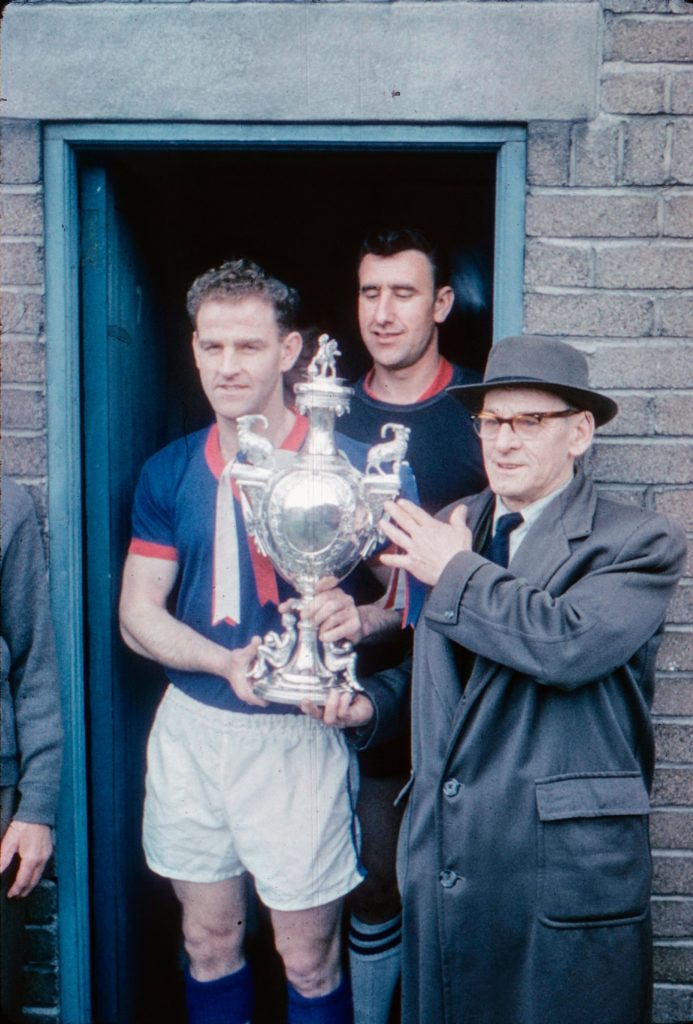
The team reached the 1961 Welsh Cup final, falling at the final hurdle to Swansea Town. However, a year later they went one better – beating North Wales rivals Wrexham in a replay staged in Rhyl. Along with the euphoria over the cup coming to Bangor for the first time in the 20th Century, came the realisation that it brought entry to the preliminary round of the European Cup Winners’ Cup. The draw paired the part-timers with big-spending A.C. Napoli – the Coppa Italia winners, backed by a shipping magnate. The first tie would be played in Bangor on 5 September.
The Neapolitans duly arrived in North Wales, via Liverpool Airport, and were accommodated at Bangor’s Castle Hotel – eschewing the offer of spaghetti for soup, ham, egg and chips. The elite players, drawn from Italy and South America, may have been bemused at the first sight of the intimate and slightly ramshackle Farrar Road stadium – they were certainly shell-shocked after 90 minutes of play. Jones has revved up his players – telling them in no uncertain terms that they were battling not only for the club, but also for the honour of Wales – in fact only full-back (and TV repair man) Iorys Griffiths was a local lad.
Urged on by 12,000 partisan supporters, the home side out-fought their illustrious visitors. When Roy Matthews hit a left footed daisy-cutter past Pontel in goal, just before the interval, the Farrar Road faithful spilled onto the pitch in celebration. The referee had Tannoy announcements made that further incursions would result in the match being abandoned. Captain Ken Birch – likes Jones, once of Everton – put the seal on the win with a coolly converted penalty deep into the second-half. The national newspapers picked up on the sensational result, with the Daily Herald adjusting the old adage about the Italian city to read: NAPLES SEE BANGOR – AND ‘DIE’.

Victory at home, notwithstanding, there was every expectation that three weeks later, the Cheshire League outfit would wilt in the concrete cauldron that was the three-year-old Stadio San Paolo. Jones had other ideas; upon setting foot on Italian soil, he insisted that local food, fruit and tap water were to be eschewed, to minimise the risk of food poisoning. Colour slide photos taken on the trip by Iorys Griffiths, shared here, give us a window into the experience for the ten part-time pros (and one amateur) – wandering local streets and interacting with the locals, trying out a police motorbike, catching the sun’s rays on the hotel roof terrace – and, of course, getting a first glimpse of the stadium.
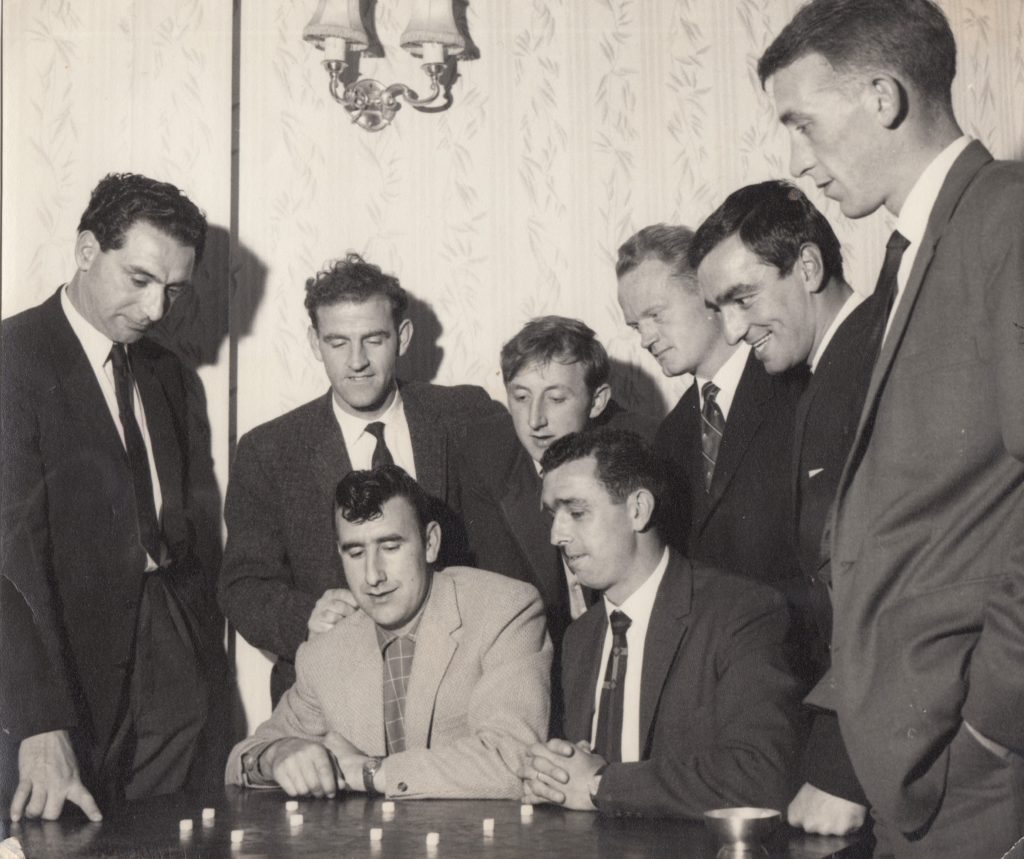
Then manager delivered a stirring pre-match team talk, but, as widely anticipated, the home side eased into a two-goal lead on the night, with more expected to follow. However, Bangor dug deep – according to Iorys Griffiths: ‘We had never played under floodlights before the Naples match, but we didn’t feel cowed or in awe’. Jimmy McAllister scored with just shy of 20 minutes remaining to put the minnows 3-2 ahead on aggregate. The Bangor supporters – less than a hundred in number – sang lustily while their Italians counterparts turned on their team. Napoli managed to restore parity with six minutes to go.



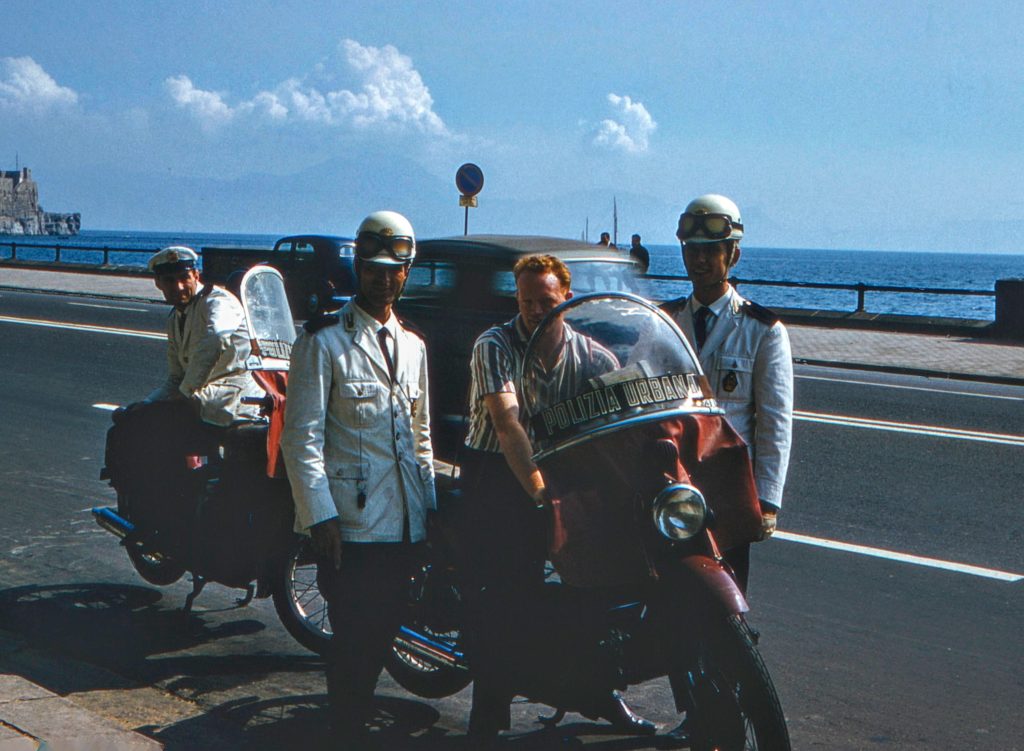

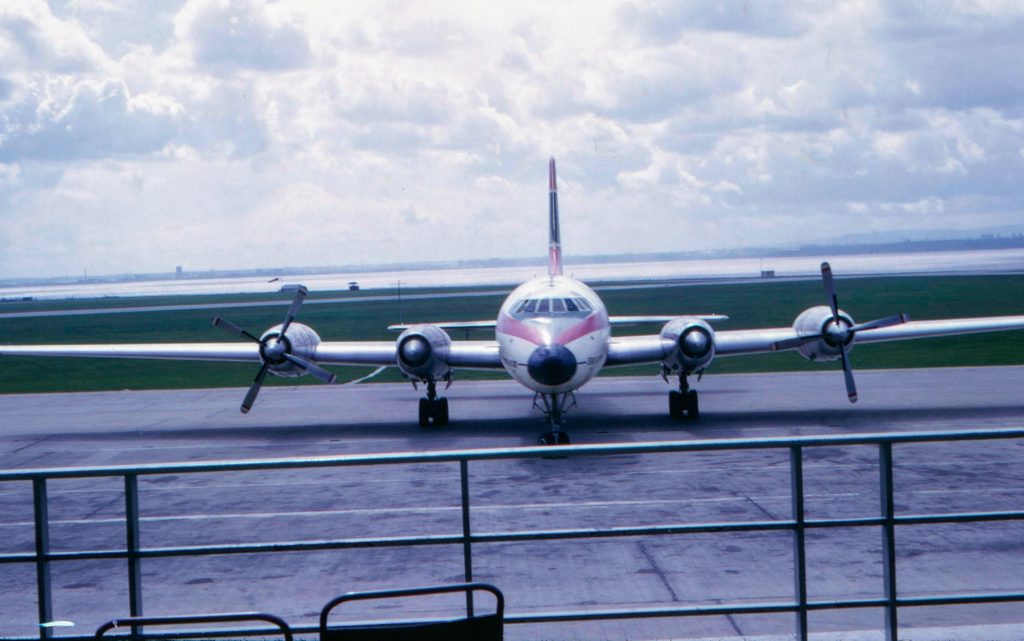
The Bangor party flew back into Liverpool Airport to a hero’s welcome, knowing that a deciding tie would be required. Napoli wanted the match to be staged in Lucerne or West Germany, with Bangor preferring London, as the coffers had been emptied by the travel costs to Italy. After considerable debate, the clubs agreed on Arsenal’s Highbury stadium, and set about preparing for the match in North London. Bangor supporters were able to travel down by chartered train in considerable numbers. There would be no fairy-tale ending on a foggy evening at the home of the Gunners – but honour was maintained. It took a late goal to separate the sides, the match ending 2-1 in the Italians’ favour.
Jones could not replicate the magic of 1962 and the squad broke up. The manager left Farrar Road for rivals Rhyl in 1967 – but remained a popular local resident, writing a regular column for the Daily Post and running, with his wife, a newspaper and sweet shop near Bangor Pier. In his little shop he would happily reflect on the glory days at Farrar Road and Pwllheli’s ‘Rec’, more so than his bittersweet spell at Everton.

Bangor City has had 15 subsequent excursions into European club football – most notably when coming up against the might of Atletico Madrid in 1985 – losing 0-3 on aggregate. But in this proud city, the exploits of 1962 endure, entering folklore as the memories are passed down through the generations. Iorys Griffiths did have a sentimental return visit to what is now the Stadio Diego Maradona, thirty years after playing there, when on holiday in Sorrento. Only two of the eleven that took on Napoli are still with us – Roy Matthews and former Busby Babe Reg Hunter.

More European football in the city seems a long way off after the tribulations of the venerable club in recent years; however, hope springs eternal with the emergence of supporter-owned CPD Bangor 1876. Jones, meanwhile, left another Welsh football legacy, as co-founder Connah’s Quay Nomads, who have made frequent appearances in European competitions in recent seasons.
Photo credit: Derek Griffiths

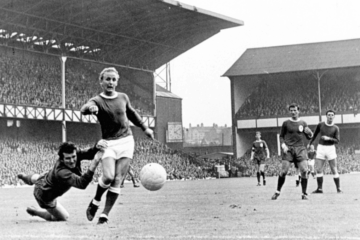
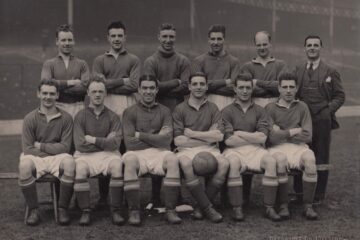
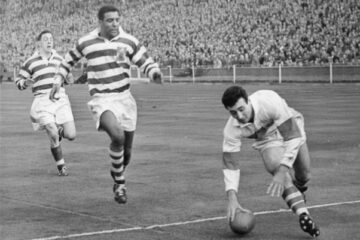
I am interested in the photos any chance of any copies my father Ken Birch is on a few have never seen these photos before. Hes died 10yrs ago would love a copy or 2 x